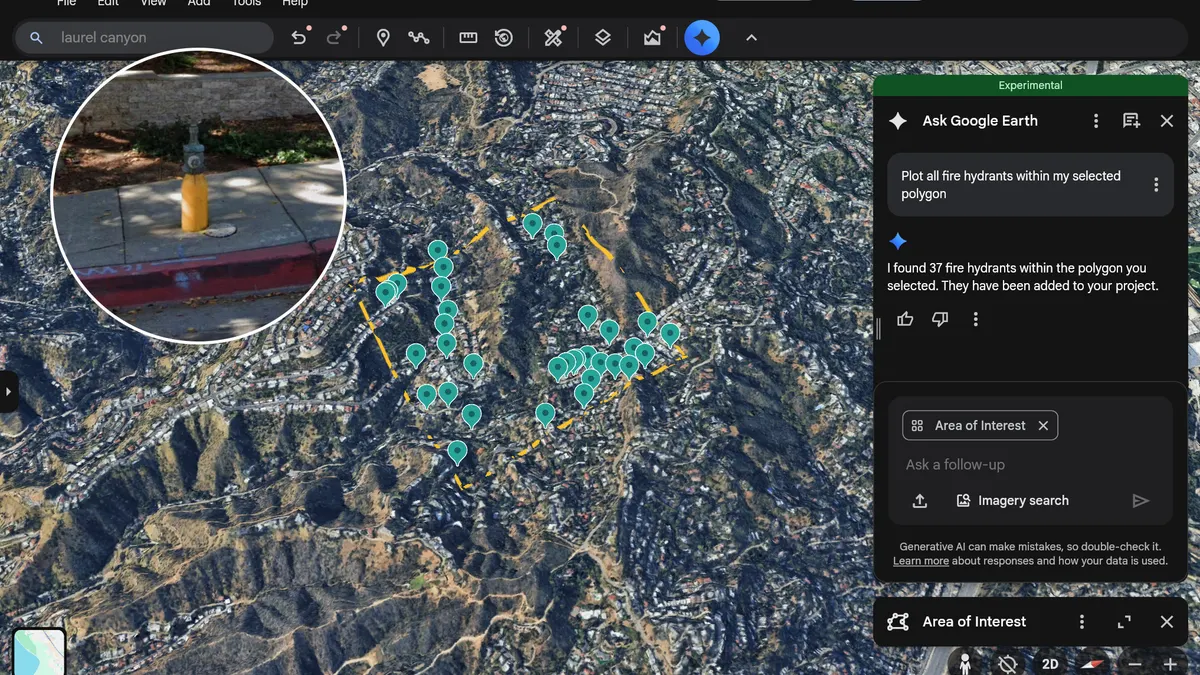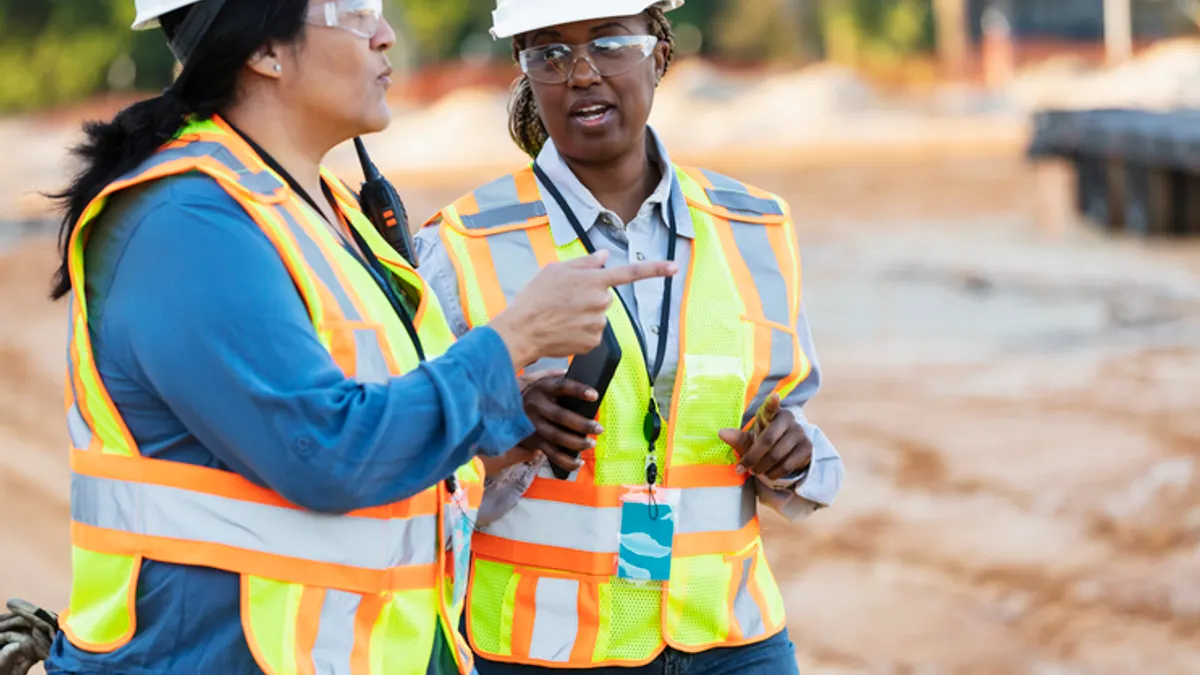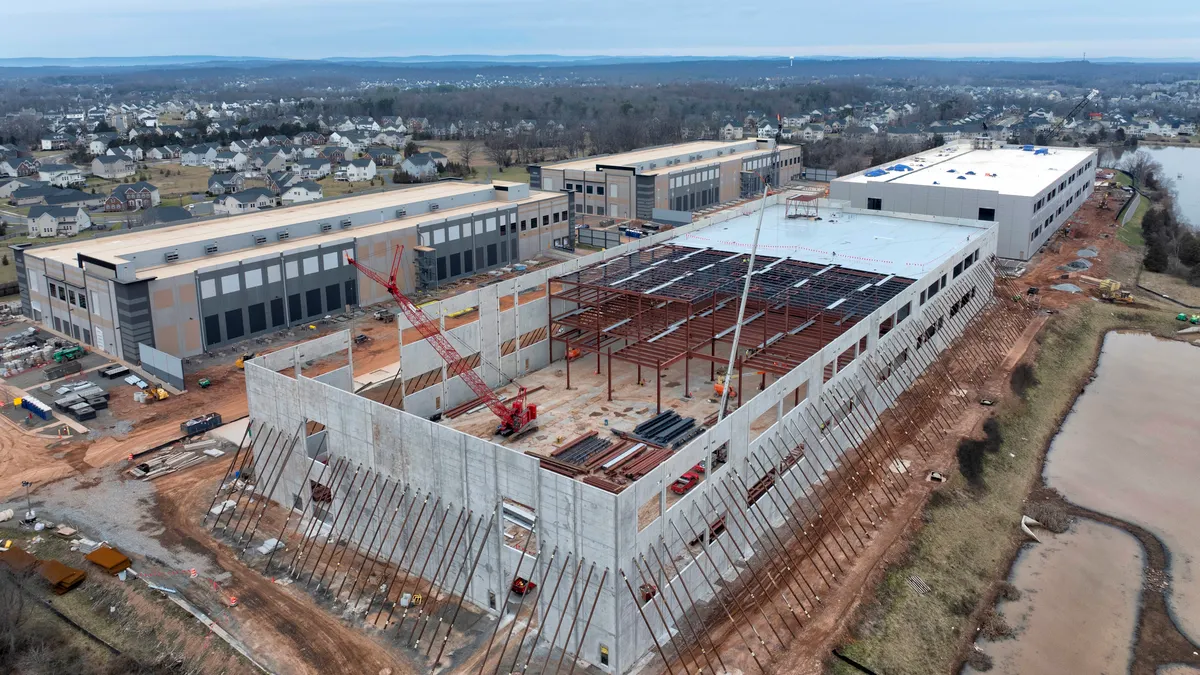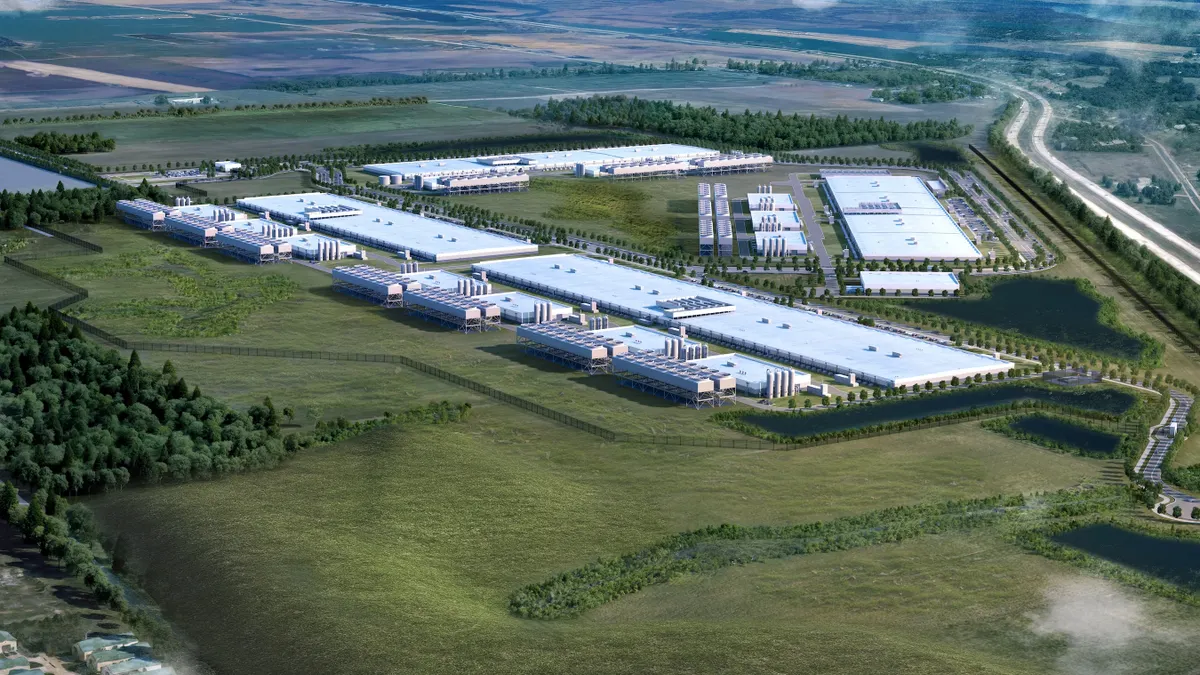UPDATE: Feb. 7, 2020: While China state media is reporting that construction on both the 1,000-bed Huoshenshan and 1,600-bed Leishenshan hospitals in Wuhan is complete, The Wall Street Journal's Chao Deng visited the sites this week and found that is not the case.
In a video report, Deng observed construction at the Huoshenshan facility still ongoing at the rear of the hospital but with activity cloaked by blue construction barriers. That hospital was declared complete on Monday and has been receiving patients. At the Leishenshan hospital on Wednesday, workers had just finished the foundation. Chinese officials also announced that a convention center in Wuhan, which is being converted into a 2,000-bed hospital, was up and running on Tuesday, but Deng visited that location as well and filmed crews still trying to fit out the space for beds, upgrading the electrical wiring and clearing the floor from water and debris.
Certainly, however, even if it takes China another week or so to complete the construction of the coronavirus hospitals and re-purpose existing facilities to take patients, it is still a lightning-fast pace and represents achievements in organization and scheduling.
Chinese officials are fast-tracking the construction of two new hospitals in the city of Wuhan in order to treat the growing number of patients diagnosed with the coronavirus, the Wall Street Journal reported. Site preparation started on or about Jan. 23 (pictured above) and the first 1,000-bed hospital is scheduled for completion on Feb. 3 and the second, a 1,600-bed facility, is slated to open on Feb. 5.
China State Construction Engineering is one of the initiative's primary contractors and, on its website, has detailed the plans for the smaller of the two hospitals and how it expects to achieve such a tight schedule. The two-story, prefabricated, eight-acre Huoshenshan hospital will include an intensive care unit, patient wards, consultation rooms and other medical areas.
Construction workers will assemble the prefab insulated panels on top of pillars that allow pipes to run underneath the structure and keep the ground clear of contamination once patients arrive. The pillars rest on a concrete foundation that also incorporate geotextile layers and waterproof mats. Framing for the panels is complete.
Crews will use the Xiaotangshan hospital, constructed in Beijing in 2003 during the SARS (severe acute respiratory syndrome) outbreak as a model. That facility reportedly took seven days to build.
Prefab solutions
Quick construction of temporary hospitals under emergency situations is not new. In 2011, for example, Johnson Portables, a specialist in temporary medical space, manufactured and built a 60-bed hospital in Joplin, Missouri, after a tornado devastated St. Johns Regional Medical Center in Joplin. The facility was open in 88 days.
Grant Geiger, CEO and co-founder of EIR Healthcare, which provides modular patient and other medical rooms, told Construction Dive that the Chinese hospital initiative is being carried out with a greater level of urgency than the construction of the Joplin facility and is much larger in scale, although it would be a similar approach.
In order to expedite construction, he said, the Chinese government might have been storing the prefab components. And speed is all about the numbers.
"In the event of an epidemic of global scale," Geiger said, "you would ideally be running teams 24 hours a day seven days a week to get the hospital open." A live video feed (above) posted by the Chinese government appears to show around-the-clock construction.
Pete Murray, president of Skender Manufacturing, said he thinks the Chinese project's ultra-fast timeframe is possible, with a lot depending on how complex the hospitals' design is. Chicago-based modular builder Skender focuses on hospitality, healthcare and housing projects.
After natural disasters in the U.S., the Federal Emergency Management Agency (FEMA) has relied on pre-built structures to provide emergency medical facilities and shelters. Prefab construction makes sense in such situations, Murray said.
While Skender has not had a request for such a quick turnaround project, Murray said that the company's projects generally can shave from 30% to 50% off standard construction timelines. One of its first orders after opening its 130,000-square-foot plant in South Chicago last year was for 10 affordable-rate, three-flat apartment buildings. The steel-frame units were be completed in a nine-week production schedule — 80% faster than conventional construction methods, Skender Chief Design Officer Timothy Swanson told Construction Dive.


















